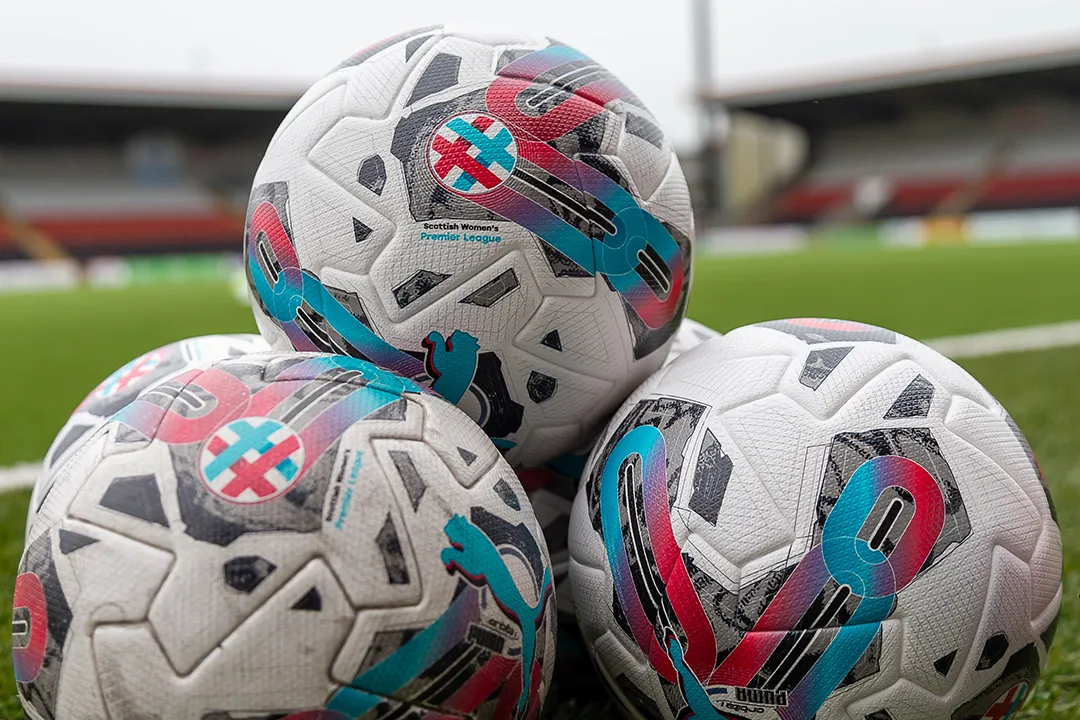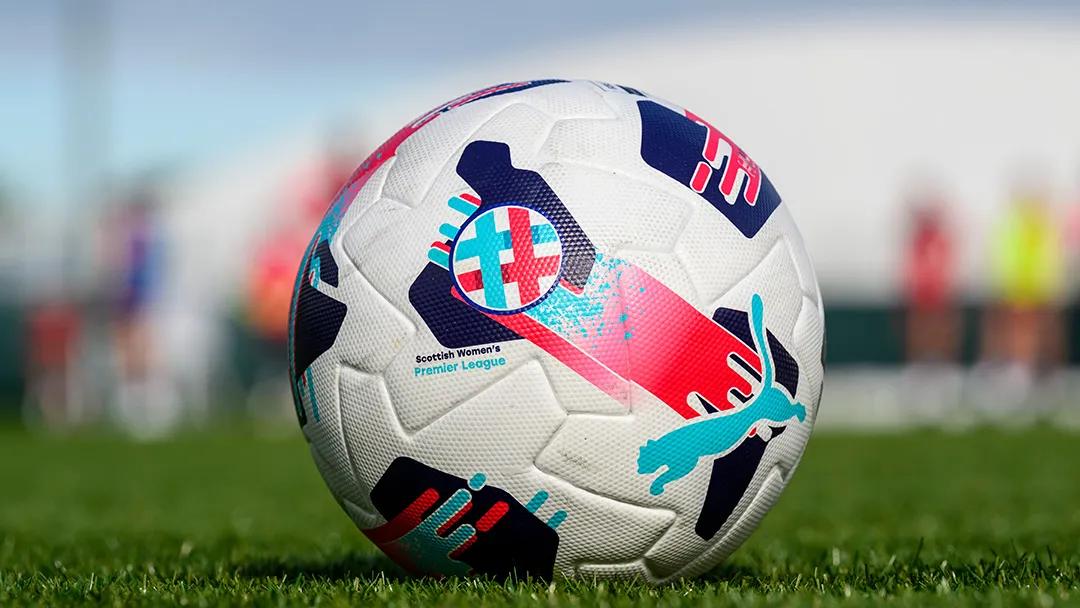- General News
- SWPL

Changes to SWPL competition format confirmed
- General News
- SWPL
- SWPL 2
The SWPL is delighted to announce some exciting changes to the competition format, which will see two leagues of 10 teams replace the current 12-team SWPL and 8-team SWPL 2 from the 2025/2026 Season onwards.
Following a lengthy period of research and consultation with clubs and stakeholders, a restructure proposal was presented at the SWPL AGM yesterday (Wednesday 5th June). The SWPL Board subsequently approved the proposed changes at the SWPL Board meeting immediately after the AGM.
The key changes as they relate to both next season and the 2025/2026 season are outlined below:
2024/2025 Season:
- The competition format will remain the same as the previous two seasons, with a SWPL league of 12 clubs playing a total of 32 league games, and a SWPL 2 league of 8 clubs, playing a total of 28 games;
- Automatic relegation from the SWPL’s top-league will be extended to include the teams in the bottom three positions (positions 10, 11 & 12);
- The SWPL play-off match between SWPL and SWPL 2 will be removed for one season only. The team finishing in first position in SWPL 2 will be automatically promoted as normal;
- The play-off match and automatic promotion/relegation between SWPL 2 and SWF’s Championship remains unchanged;
- The above changes will result in 2 x 10 team leagues for the start of the 2025/2026 season.
2025/2026 Season:
- Both the SWPL and SWPL 2 will have 10 teams participating;
- Clubs in each respective league will play each other twice (once home and once away) to complete an initial 18 matches;
- The leagues will then split into a top 6 and bottom 4;
- The top 6 teams will play a further 10 games by playing each team in the top 6 twice (once at home and once away) resulting in a total of 28 league games for teams featuring in the top 6;
- The bottom 4 teams will play a further 6 games, by playing each team in the bottom 4 twice (once at home and once away) resulting in a total of 24 league games for teams featuring in the bottom 4;
- The Champion team, finishing first in SWPL 2, will be automatically promoted and the team finishing bottom (10th) in the SWPL will be automatically relegated;
- An extended play-off system will be introduced to include positions 2 to 4 in SWPL 2 and position 9 in SWPL 1;
- The play-off matches will be single-leg ties as noted below:
- Play Off Match 1: Team 3 in SWPL 2 v Team 4 in SWPL 2
- Play Off Match 2: Team 2 in SWPL 2 v Winner of Play Off Match 1
- Play Off Final: Team 9 in SWPL v Winner of Play Off Match 2
- Play Off matches 1 and 2 will be played at the home venue of the first named team, with the final being played at a neutral venue;
- The play-off match and automatic promotion/relegation between SWPL 2 and SWF’s Championship remains unchanged.
Data and club feedback have guided this restructure, alongside upcoming changes at European and International level. From season 2025/26 a second UEFA competition will be introduced, with the potential to result in more matches for SWPL clubs. In addition, the recently approved new FIFA Women’s International Calendar means that from 2026, a number of international windows will extend from 10 to 12 days resulting in fewer match days being available to domestic leagues. It was therefore important that the SWPL was proactive to ensure it is well-placed to navigate these imminent changes.
The key objectives of the changes are:
- To ensure the SWPL competitions are as competitive and compelling as possible with more meaningful games. Data illustrated that pre-split the SWPL was below the UEFA average for competitiveness;
- To reduce the number of games, in recognition of both club feedback and data, illustrating that the SWPL has more games than any other league in Europe;
- To ensure the SWPL remains an attractive place for talented players to play and develop;
- To improve the variety of matches in SWPL 2 and to enhance the opportunity for clubs to participate in play-off matches;
- To ensure the SWPL is well-placed to adapt to the changes to FIFA’s international calendar;
- To support the Scottish FA in developing future national team players, by providing a competitive environment for young players to develop.
UEFA benchmarking data alongside our own modelling illustrated that two leagues of ten would be optimal to achieve the above objectives.
We are delighted to share these exciting changes and look forward to playing our part in the continued progress and development of women’s football in Scotland.


